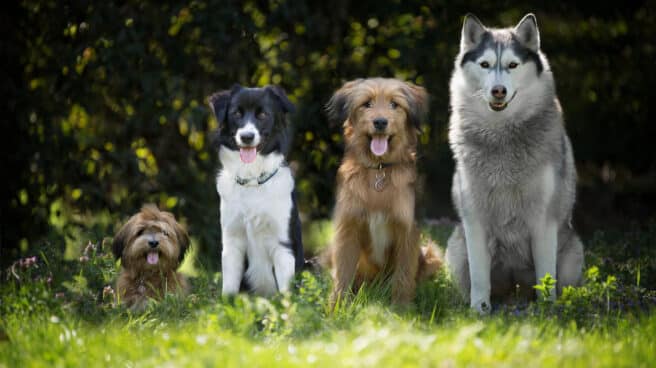

Dogs.
One of the oldest domestic dogs in Europe inhabited the Basque Country 17,000 years ago, according to the Human Evolutionary Biology Group of the University of the Basque Country (UPV/EHU), analyzing a humerus found in Zestoa (Gipuzkoa). ).
In 1985, excavations led by Jesús Altouna at Erralla Cave unearthed an almost complete humerus of a canine, a family of carnivores that includes wolves, dogs, foxes, and coyotes, among others. At that time, it was difficult to determine what kind of dog he belonged to.
Now, the human evolutionary biology team at the University of the Basque Country, led by Prof. Concha de la Rua, has carried out an in-depth study of the skeletal remains.
The analysis confirmed the genetic identification of the species as “canis lupus familiaris” (domestic dog). Direct carbon-14 dating of the humerus gives an age of 17,410–17,096 years.
One of the oldest domestic dogs
It corresponds to the Madeleine period of the Upper Paleolithic, making it one of the oldest existing domestic dogs in Europe today. The dog is the first species domesticated by man, after the wolf.
Erralla’s dog shares a mitochondrial lineage with several Madeleine dogs analyzed so far. The origin of this line is associated with a cold period coinciding with the “last glacial maximum” that occurred in Europe about 22,000 years ago.
“These findings raise the possibility that wolf domestication occurred earlier than previously thought, at least in Western Europe, where Paleolithic hunter-gatherer interactions with wild species such as wolves may have been enhanced.” as Franco-Cantabrian) during this period of climate crisis,” Professor de la Rua explained.
Dogs are generally considered to be the oldest domesticated animals. However, to date, it is still unclear exactly when the transition from wolves to domestic and herding dogs took place. Scientific estimates range from 15,000 to 30,000 years ago.
Source: El Independiente